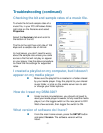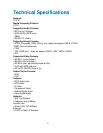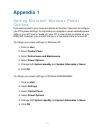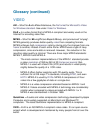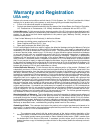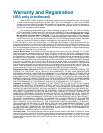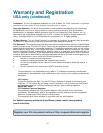55
VIDEO
AVI = Short for Audio Video Interleave, the file format for Microsoft’s Video
for Windows standard. See under Video for Windows.
DivX = Is a video format that is MPEG-4 compliant and widely used on the
Internet for encoding video files.
MPEG = Short for Moving Picture Experts Group, and pronounced “empeg”.
MPEG generally produces better-quality video than competing formats.
MPEG achieves high compression rate by storing only the changes from one
frame to another, instead of each entire frame. MPEG uses a type of lossy
compression, since some data is removed. However, the reduction in the
resulting video quality is minimal. There are three major MPEG standards:
MPEG-1, MPEG-2 and MPEG-4.
· The most common implementations of the MPEG-1 standard provide
a video resolution of 352-by-240 at 30 frames per second (fps).
MPEG-1 is used with Video CDs (VCD) and results in video quality
slightly below the quality of a VCR video.
· MPEG-2 offers higher resolution with CD-quality audio. This is
sufficient for all the major TV standards, including NTSC, and even
HDTV. MPEG-2 is used by DVDs. MPEG-2 compresses a 2 hour
video into a few gigabytes of data on a single disc.
· MPEG-4 is a video compression standard based on MPEG-1 and
MPEG-2. Videos encoded with MPEG-4 technology are considerably
smaller when compared to videos encoded with MPEG-1 or 2.
MPEG-4 was standardized in October 1998.
Quicktime = A audio and video compression technology developed by Apple
Computer and is widely supported on Macintosh and Windows PC
computers. The latest Quicktime implementation is MPEG-4 compliant.
XVID = XviD is an ISO MPEG-4 compliant video codec. It’s an open source
project which is developed and maintained by many people from all over the
world.
Glossary (continued)







